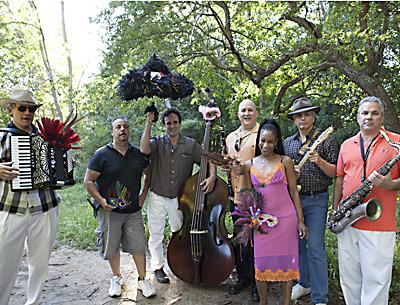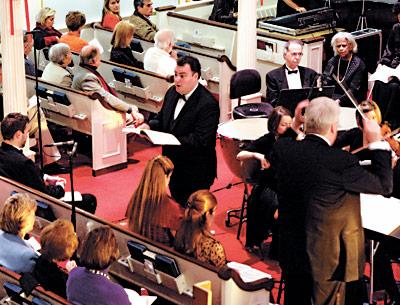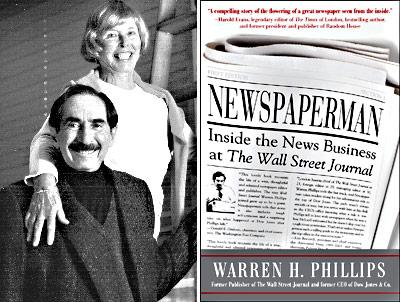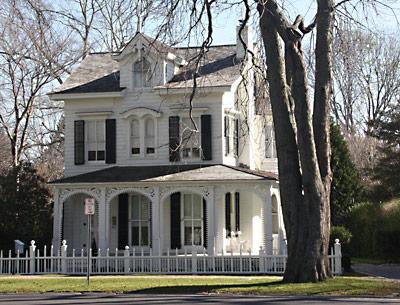Music Joints for a New Year
Music Joints for a New Year

The Bay Street Theatre will be transformed into a Mardi Gras set, structurally and musically, for the ringing in of 2012. Joe Lauro of Sag Harbor and his band the Who Dat Loungers have remade the venue’s stage into a large dance floor and added a lounge and bar area at the rear of the theater. Patrons will no longer have to leave the music to visit the bar, where purchases will support the theater. The renovations were designed and completed by Gary Hygom and John Sullivan, who work for the theater. With Mr. Lauro, they thought it unacceptable that Sag Harbor lacked a New Year’s Eve dance party.
The evening will begin at 9 on Dec. 31, with New Dawn playing a blend of danceable soul and oldies. Dawnette Darden, the lead singer, also lends her vocals to the party’s headliners, the Who Dat Loungers, who will play New Orleans party music ranging from Louis Armstrong to Dr. John from 10:30 p.m. through the wee hours.
Mr. Lauro, who runs Historic Films in Greenport, has compiled classic holiday and musical film clips that will be shown between sets, and the theater will have special lighting, decorations, confetti, and all things New Year’s. The $60 tickets come with a champagne toast at midnight and dessert. Special packages are available, including hotel rooms at Baron’s Cove Inn and the Sag Harbor Inn.
At 230 Elm
Offering a live band for New Year’s is a first for Tim Burke at 230 Elm, the name and location of the former Polish Hall in Southampton, built in 1934, that he has owned for three years. Although the hall is used for other events such as weddings, fund-raisers, fashion shows, and corporate meetings, Mr. Burke has increased the music options there, including with a weekly open mike night at the more casual downstairs bar, 230 Down.
For New Year’s Eve, only the first 200 ticketholders will hear “Auld Lang Syne” performed by Paul Mahos and New Life Crisis at their show, which will be set list and genre free, from 10 p.m. to 2 a.m. The band’s mostly 1980s-influenced covers are known to be transformed by their unique stamp, with Mr. Mahos embodying the artists, whether Bono or Johnny Cash or Elvis. The band will also play originals, for example their radio hit “Daylight,” from when they were signed by Tommy Boy Records in 2000.
An opening performance by Leah Laurenti of “American Idol” fame will start the party at 9 p.m. At midnight, balloons will drop and the scene from Times Square will be shown on a 12-foot screen. Black tie is optional. Tickets cost $75 in advance or $100 at the door.
A Blue Collar Ball
A casual spot to see a band on New Year’s Eve is East Hampton Bowl, where the Blue Collar Band has been booked for a party. Ian Grossman, the general manager, said it was his first time booking a band for New Year’s at the alley’s lounge, which will soon be renamed Rumourz. Live music with reasonably priced drinks is something he said the East End could use more of.
The BCB, as the band members call themselves, was created by John Havlicek, the lead vocalist and keyboard player, who is a builder by day. He said he has had some success as a solo artist and with the band through CD sales and gigs around town. He has new musicians that he considers “fresh meat” on the music scene.
The band will play crowd-pleasing classic rock for the event, although the styles can range from light jazz to heavier rock. A $40 ticket will buy you admission, a hot buffet, four hours of bowling, and all of the familiar New Year’s traditions. The party will go from 9 p.m. to 1 a.m., and reservations have been recommended.






